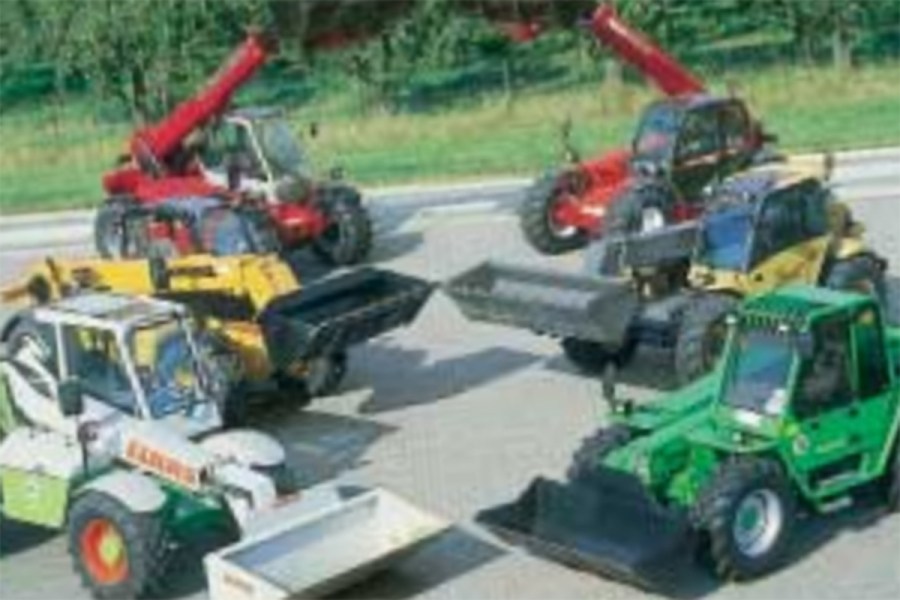In our June issue we reported on the test results achieved by six materials telehandlers – from Claas, JCB, Manitou, Massey Ferguson, Merlo and New Holland. Now read how the test candidates performed in practical operation. How did they drive? How comfortable were they? And how easy are they to service and maintain?
Shovelling dirt, stacking bales and shifting pallets – the following pages summarise all the details of our practical ‘tele’ work. Not only that, but we also give a full assessment of operator comfort, including DLG measurements of noise levels within each cabin.
The results are listed in the table ‘Noise levels on the telehandlers’, and reveal that all handlers have some way to go before they reach the farm standard set by the modern tractor. Levels below 80dB(A) were only measured on Claas and JCB handlers and, as is to be expected from poor sound insulation, there were only small differences between open and closed door levels.
Summary: As with all farm machines, the most appropriate telehandler choice is down to a number of factors. These include the lift capability required on the farm as well as lift height, manoeuvrability and machine dimensions, the latter clearly being of particular importance in traditional, confined yards and buildings. Other considerations are whether to go for a torque converter or hydrostatic machine.
Which leaves the thorny issue of price. It’s a very competitive market, with all machines retailing at about the £35,000 mark; so whether one handler works out more expensive than another will depend more on the deals around at the time.
For more up-to-date farming news click here and subscribe now to profi and save






